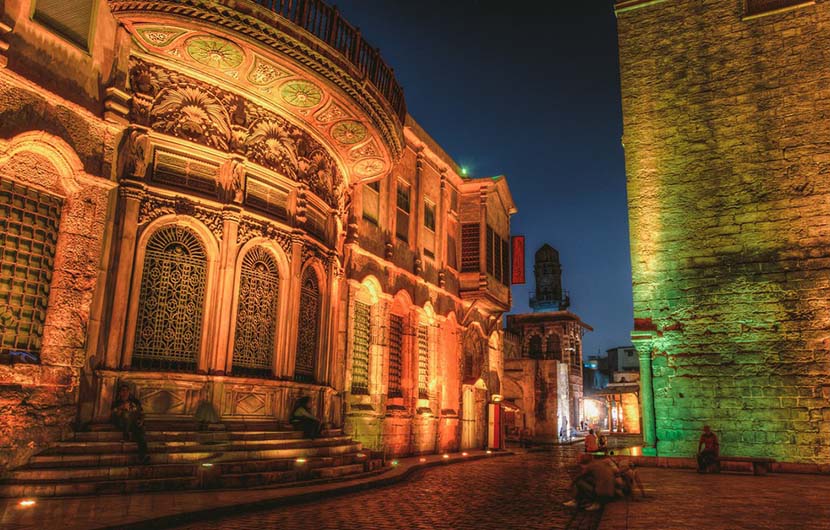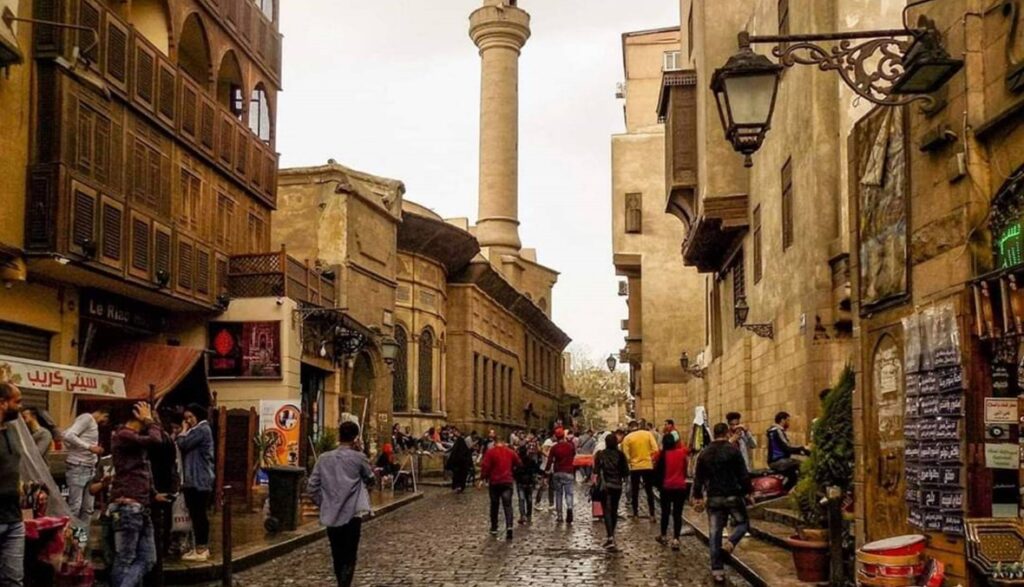
A thousand-year history…the story of Al-Mu’izz Street
رحلات سياحية في القاهرة

13 years ago, specifically on this day on February 22, 2008,
Al-Moez Street was opened in its new splendor after being renovated and introducing some simple changes to it,
while preserving its antiquity and its many-year-old details that are still engraved on its walls,
making Al-Mu’izz Street the heart of Cairo the largest museum. Open to Islamic antiquities.
The current name goes back to the Fatimid Caliph al-Mu’izz-Din Allah.رحلات سياحية في القاهرة
Al-Mu’izz Street contains many historical monuments that exceed 29 integrated tourist attractions.
– Bab Al-Futuh
-Al-Hakim Mosque, by the command of God
-Al-Suhaimi House
-The path and book of Abd al-Rahman Katkhuda
-Prince Bashtak Palace
-Qalawun Complex
-Zuwaila Gate
-Al-Aqmar Mosque
-Al-Ashraf Mosque and School in Barsbayرحلات سياحية في القاهرة
-Al-Muayyad Mosque

The importance of Al-Mu’izz Lidin Allah Al-Fatimi Street
One of the most important tourist attractions in Cairo
Al Mu’izz Street is also known as Al Azam Street, Cairo Street, and Al Qasba Street.
Al-Muizz Lidin Allah Al-Fatimi Street is the largest open-air museum of Islamic antiquities in the world.رحلات سياحية في القاهرة
It includes a group of antiquities and architectural values dating back to a group of successive eras since the establishment of Fatimid Cairo and through the Ayyubid era and the Mamluk era.
. The street’s names changed over the course of history, until it was known as Al-Mu’izz Street since 1937 AD in honor of him as the founder of Cairo.
This led to the proliferation of many important Islamic archaeological sites, which played a pivotal role in Egyptian history.
The procession of covering the Kaaba was heading to Hijaz.
These monuments vary into religious, residential, commercial and defense facilities, in addition to being a center for ancient handicrafts and a huge heritage commercial market.
Therefore, Al-Muizz Street is considered one of the most important historical streets in Cairo, because it contains important Islamic archaeological sites between the Fatimid and Mamluk eras.





